Mindfulness in the Woods
,
Mindfulness is a word that is becoming more common to hear and a practice that is growing and benefitting many people from all walks of life in our society. Simply put, it is a mental state achieved by focusing awareness on the present moment, while calmly acknowledging and accepting feelings, thoughts, and physical sensations.
We recently concluded an 8-week Mindfulness in the Woods programme* with P4s, 5s and 6s from Lochinver Primary School. The sessions offered an experiential, hands-on and progression-based approach to learning about Mindfulness. The aims of the programme included equipping our local young people with tools to nurture happiness and kindness, tend to difficult feelings while developing resilience, and feel empowered to make choices about their life and learning through increasing connection with themselves, others and the environment around them. All of this took place in the woods, with a tepee tent for shelter and the sounds, smells and sensations of nature to enhance our explorations.
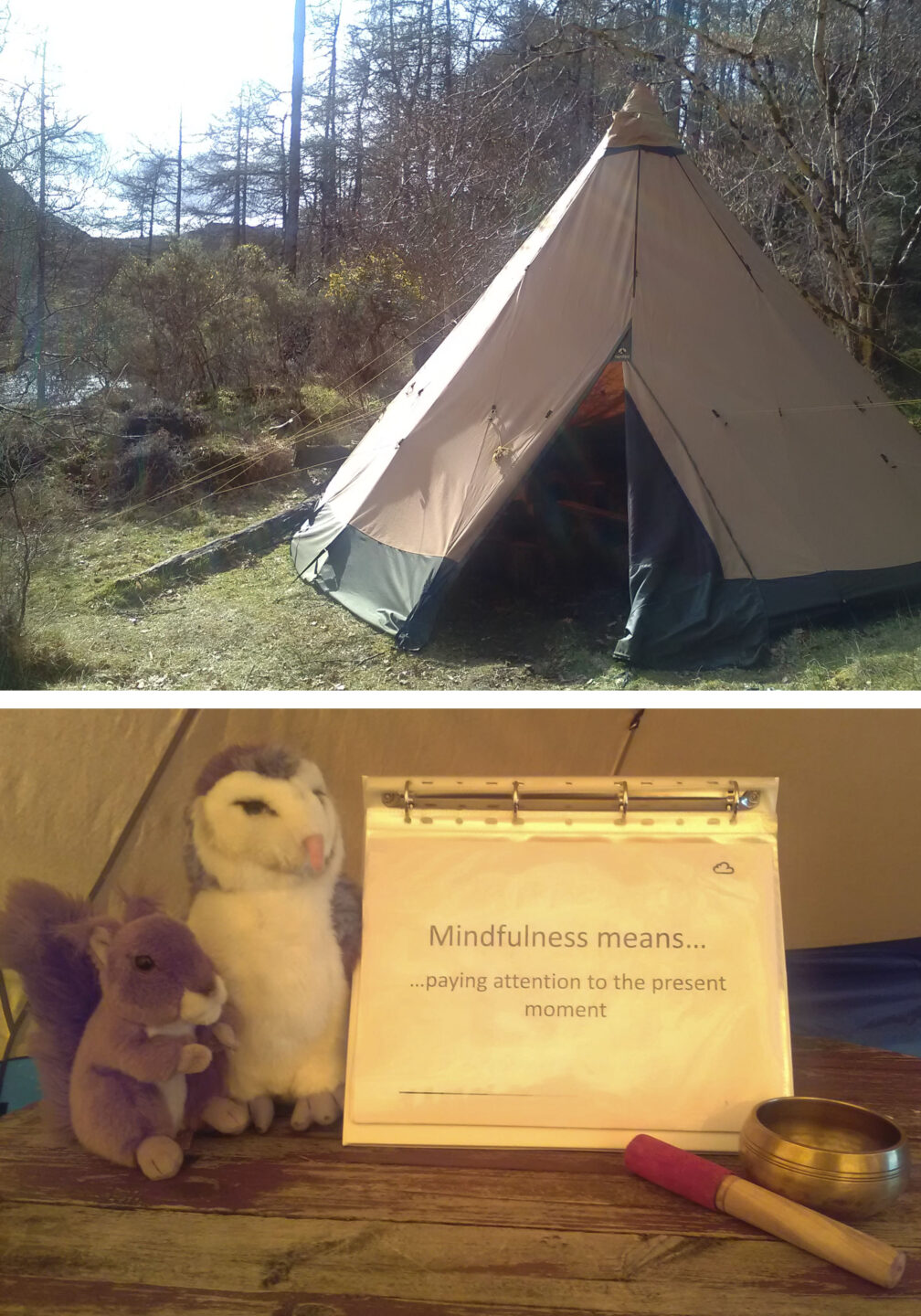
The subject for each of us was our own mind, and some deep and interesting thoughts and conversations came out as we explored the mind in context of themes that included intention, attention, attitude, gratitude, resilience, kindness to self, kindness to others and purpose. As we progressed through these topics, we experienced the transition of seasons from a cold, quiet, leafless winter through to bursting buds, singing birds, and buzzing insects of spring. We brought the sensations of cool wind, wet raindrops and warm sunshine into our practice and observed our reactions to them. And gradually we were able to sit, lie and move with a mindful attitude for increasingly longer periods (the first sitting practice of the programme was thirty seconds, and by the last session we were sitting for fifteen minutes!). Along the way there were struggles and ease, anxieties and joy, restlessness and calm. All were welcomed and examined with a sense of curiosity as they arose.
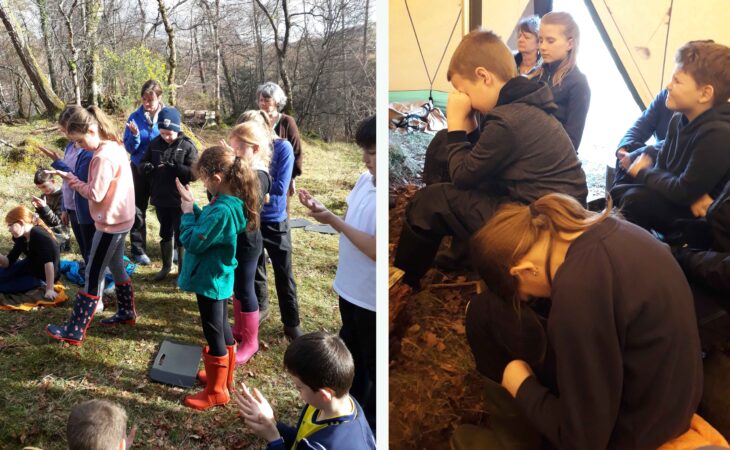
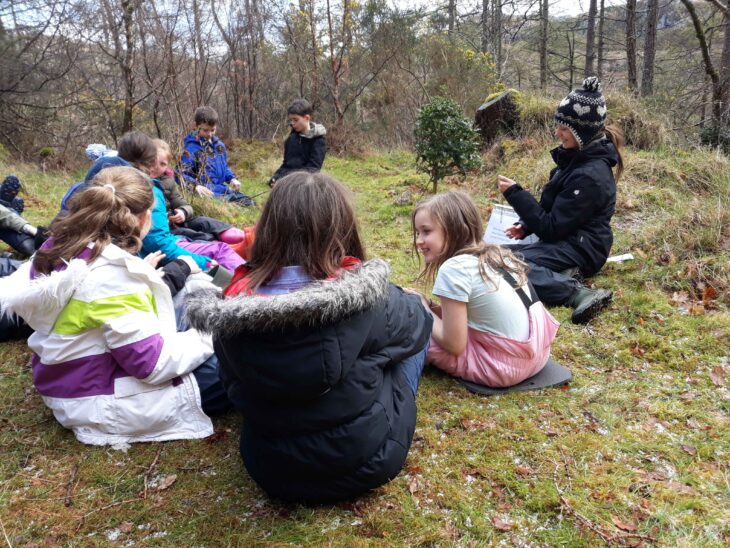
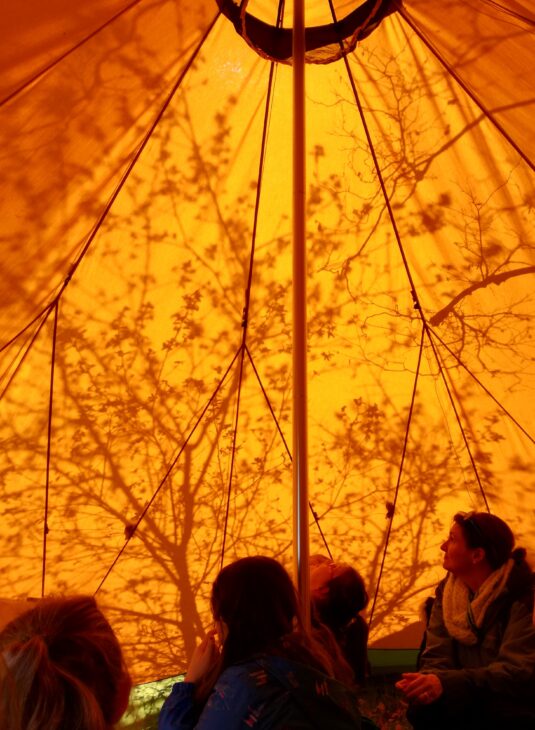
During the last two sessions we reflected on which parts of the programme had been most useful and enjoyable to us, what was difficult and less enjoyable, and we also looked at which qualities within us we would like to nurture and grow as we move forward. Interestingly, difficulty with sleep had arisen in discussions several times throughout the eight weeks and so it was warming to hear how Mindfulness had helped with sleep issues. A couple of comments included “I found the breathing in and out most useful because I couldn’t sleep well before but now I can” and “Mindfulness helps me sleep at night”. In terms of daytime experiences, comments included “[Mindfulness has] helped me stay calm when I get worried” and “Lying down meditation helps me be more calm and stable”. Unsurprisingly the mindful-eating practice was one that was fondly remembered by many, and it was very heartening to hear “I enjoyed the chocolate [practice]. It helps me be grateful for what I am eating”.
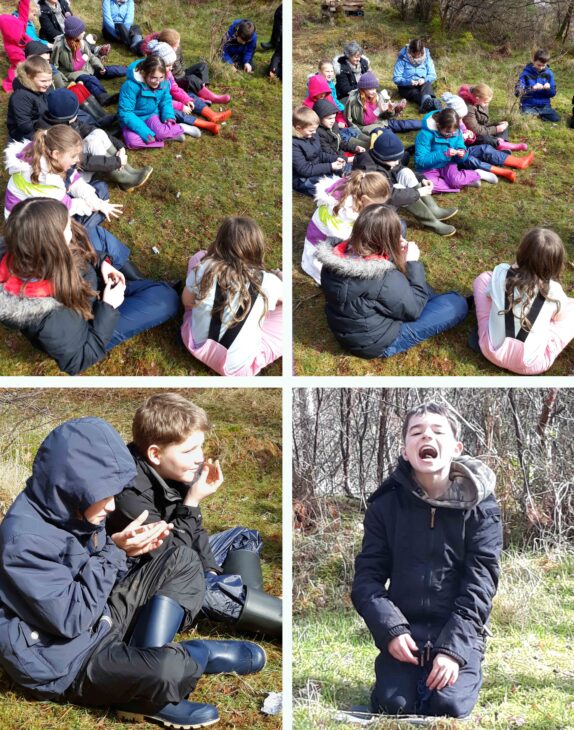
The final session wrapped up with getting into pairs and creating a “blind drawing” to gift our partners, and a group celebratory singing of Bella Mama (Beautiful Earth).
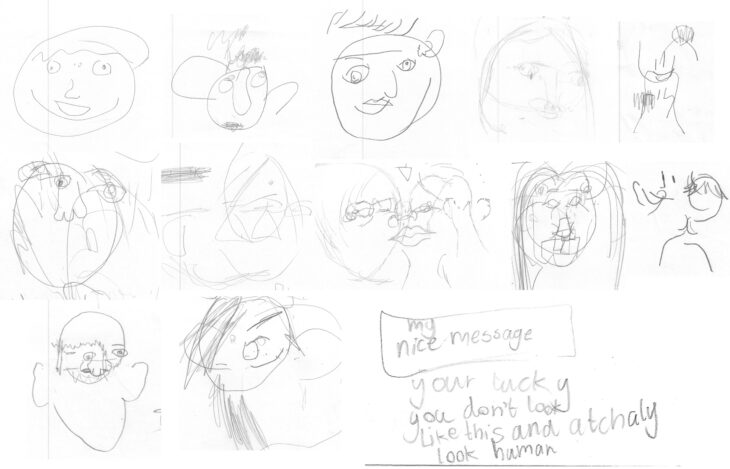
In my experience, mindfulness practice and nature immersion complement and enhance each other beautifully; being more mindful enables us to appreciate the beauty and aliveness around us, while being surrounded by the dynamic rhythm and flow of nature deepens the experience of mindfulness practice. Personally speaking, from the perspective of being a mindfulness practitioner and experiencing the mental health benefits it offers first hand, it has been incredibly rewarding to create a space to share something so close to my heart and that I think is a fundamental puzzle piece in a holistic approach to the health and wellbeing of both us as individuals and the world around us. I really enjoyed connecting with the young people who attended the sessions and I hope that the tools shared during the 8-week programme will be of use as they navigate through their own life journeys.
*The 8-week Kids Programme has been developed by Youth Mindfulness; a Scottish charity set up to bring Mindfulness into schools. To compliment the work and objectives of the Outdoor & Woodland Learning project it was adapted for an outdoor setting with nature connection activities woven into the sessions. More can be found out about Youth Mindfulness at their website: www.youthmindfulness.org
